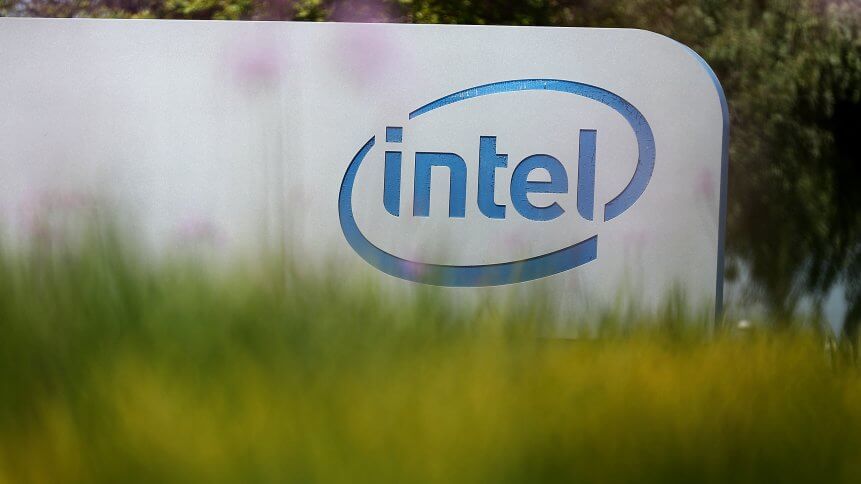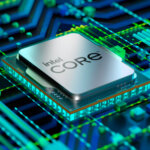Intel unveils new Xeon chip with vRAN boost at MWC 2023

Intel has, for more than a decade, been on a mission to virtualize the world’s networks, and at the MWC 2023 this week, the company inched closer to its goal. The chip giant unveiled its latest Xeon processor generation, the 4th Gen Xeon scalable processors with Intel vRan boost – system-on-chips (SoC) that would essentially make networks more agile while driving down their complexity.
The latest 4th Gen Intel Xeon SoC received expansive support from industry heavyweights including Dell Technologies, Ericsson, Hewlett Packard Enterprise, Rakuten Mobile, Red Hat, Verizon, VMware, and Vodafone, among others. The goal was “Accelerating the virtualization of the RAN positions communications service providers (CoSPs) to meet future requirements while improving RAN energy efficiency and reducing their total cost of ownership (TCO),” Intel added in its statement.
The chip giant also boasted that half of core networks of carriers are virtualized, and 95% of those run on Intel. “vRAN is here, and nearly all deployments run on Intel,” the company said.
The 4th Gen Intel Xeon with Intel vRAN boost chips
In a virtual press briefing, Intel’s senior VP and general manager of the Network and Edge Group, Sachin Katti, said the 4th Gen chips do exactly what their full name says they do. “They boost networks by offering a programmable infrastructure and eliminating the need for custom Layer 1 accelerator cards. This new chip integrates vRAN acceleration directly into the Intel Xeon system-on-chip.”
He noted that it is natively designed to power cloud-ready virtualized RANs and it will deliver up to twice the capacity within the same power envelope and an additional 20% in power savings due to integrated acceleration to address critical performance, scaling and energy efficiency needs for operators.
“We’ve chosen an integrated acceleration approach because it combines the benefits of inline acceleration with the flexibility and programmability of x86, and that is preferable to any solution that shoves an entire Layer 1 into an inflexible hardware accelerator,” Katti added.
He also highlighted that the 4th Gen Intel Xeon with Intel vRAN boost chips are expected to match or better the performance-per-watt of the best custom dedicated Layer 1 accelerator cards when they enter the market.
To prove Intel’s point, the company demonstrated at MWC how its Xeon scalable processors with vRAN boost were able to deliver an industry-first one-terabyte-per-second performance for 5G user plane function workloads within a dual-socket server, validated by Samsung Electronics Co. Ltd.
In addition, Intel also announced a new infrastructure power manager for 5G Core reference software that’s designed to work with vRAN boost. The chip giant said the software helps to dynamically match runtime server power consumption with data traffic, without hurting throughput, latency or packet drop, to achieve further efficiency and performance gains.










